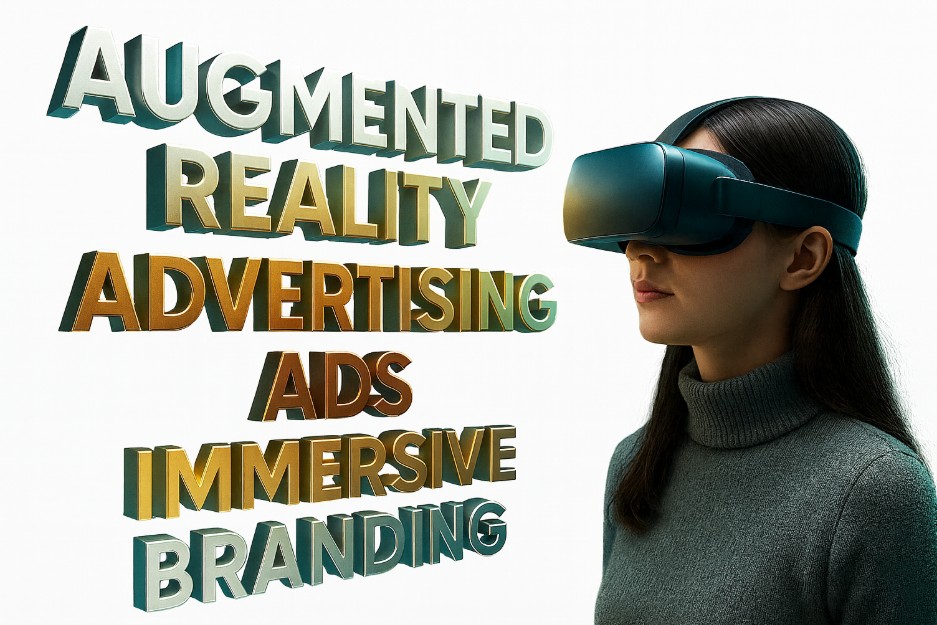Thanks to the advancement of smartphones, a very high percentage of immersive campaigns created with augmented reality are accessible from mobile phones. This technology allows digital elements (images, videos, animations, or 3D products) to be superimposed over the user’s real-life environment, transforming the way companies communicate their identity.
Some of the well-known brands that have already implemented AR, improving their results, are:
IKEA – IKEA Place App
Allows users to view life-size furniture in their homes before purchasing.
Result: 98% increase in purchase confidence and reduction in returns.
Technology used: ARKit (Apple) and Unity 3D.
Sephora – Virtual Artist
App that allows users to virtually try on makeup using facial recognition.
Result: 200% increase in online conversion during the 2023 campaigns.
Tool used: ModiFace (acquired by L’Oréal).
Nike – Try-On Sneaker AR Experience
Allows users to try on sneakers using their phone’s camera.
Result: increased social media engagement and a 30% reduction in returns.
Platform: Snapchat Lens Studio + ARCore (Google)
As expected, online giants are promoting these immersive campaigns.
🌍 Platforms where AR Ads can be implemented
Meta (Facebook, Instagram) – Immersive advertising with Spark AR.
Snapchat – Sponsored lenses with AR filters.
TikTok Effect House – Creating interactive effects for campaigns.
YouTube AR Ads – Available for beauty, fashion, and automotive products.
Google WebAR – Allows you to access AR experiences from the browser.
E-commerce AR (Shopify, WooCommerce) – Integrations for trying on 3D products directly from the web.
🚀 Strategic advantages for brands
Visual and emotional differentiation from the competition.
Increased engagement and brand recall.
Direct integration with e-commerce (immediate purchase).
Real-time interaction data (behavioural analysis).
⚠️ Disadvantages
High initial cost for complex developments.
Requires technical knowledge in 3D and programming.
Depends on user connectivity.
